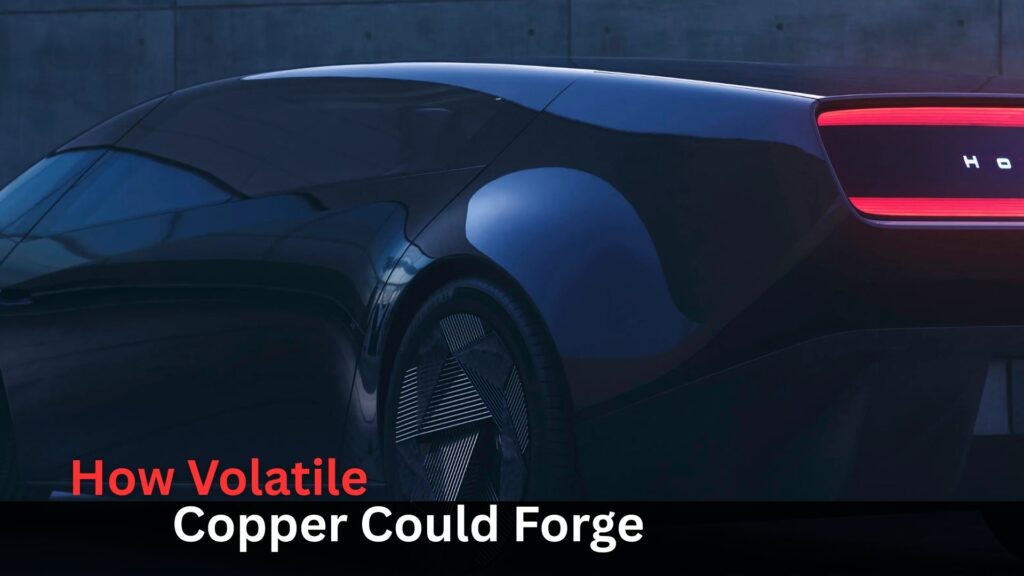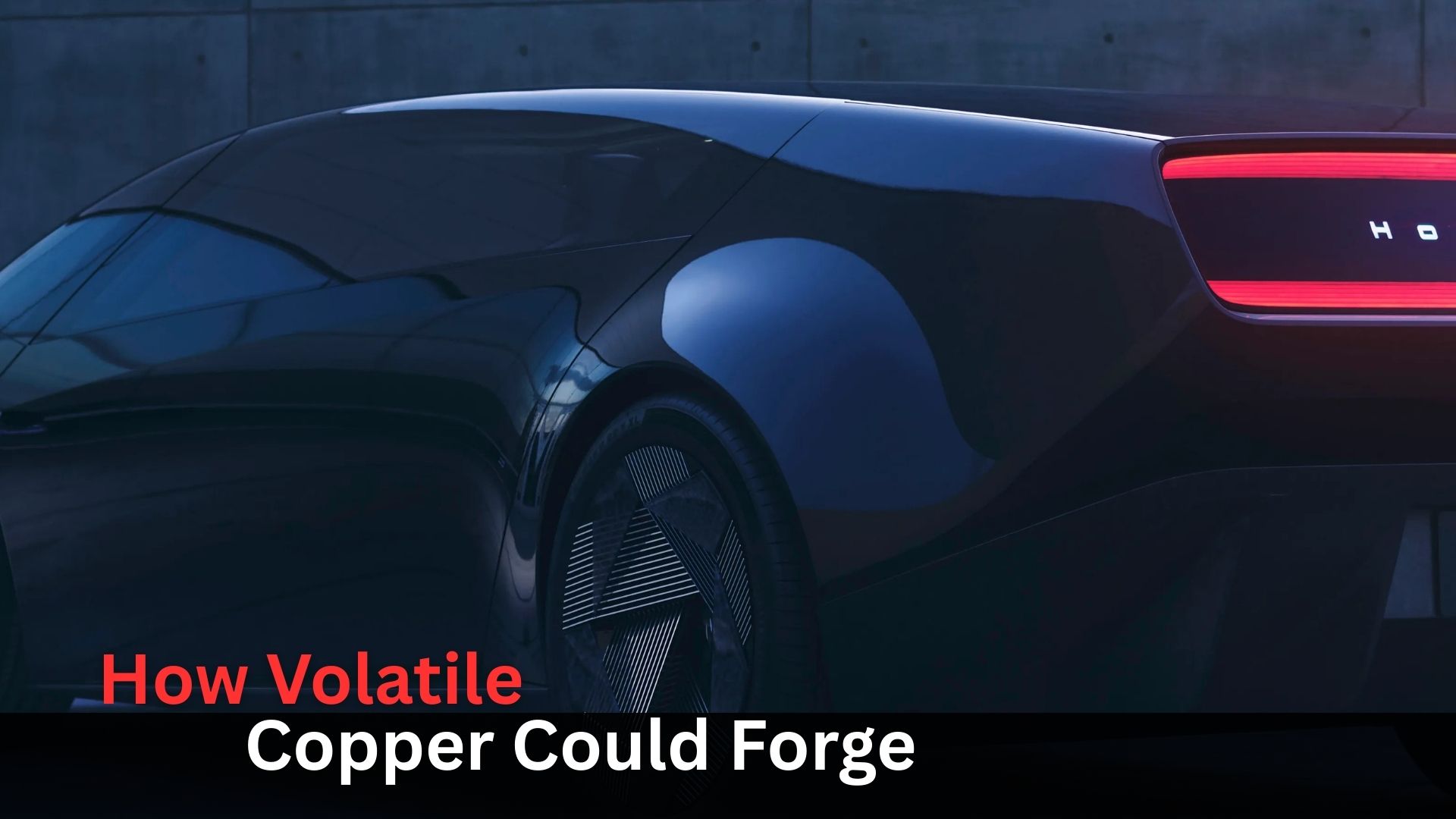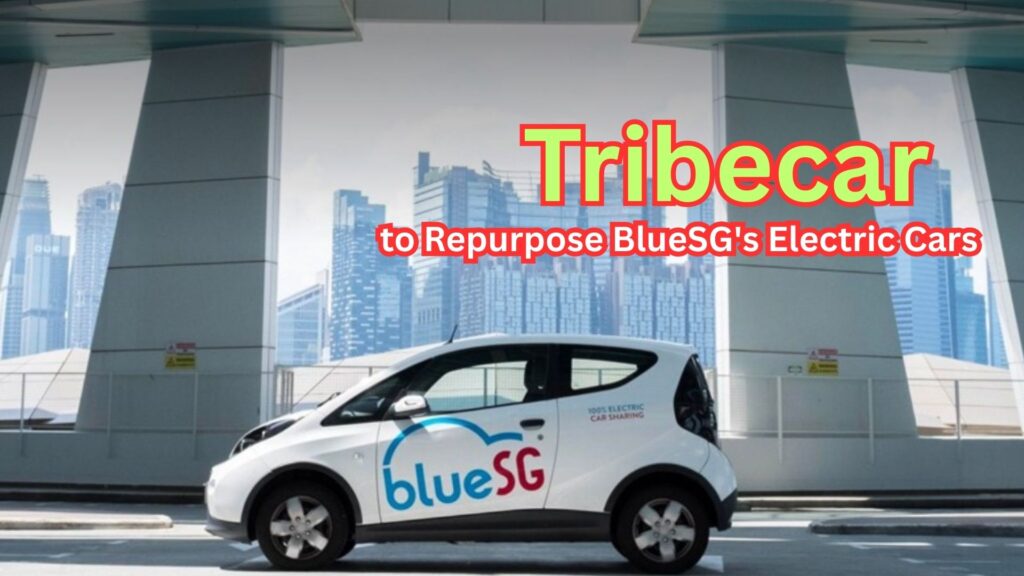As electric vehicles (EVs) become a mainstream mode of transport, the biggest challenge for both manufacturers and consumers has been the performance and development of battery technology. While modern EVs can already exceed 300 miles on a single charge, “range anxiety” continues to be a psychological and practical barrier for many users. This fear of running out of battery power before reaching a destination or a charging station is still a common concern. However, significant strides in solid-state battery technology, particularly by companies like Hyundai, could offer the solution to this problem, potentially revolutionizing the future of EV batteries.

The Role of Solid-State Batteries in the EV Market

Solid-state batteries are widely regarded as the future of energy storage due to their superior performance and safety characteristics compared to traditional lithium-ion batteries. Unlike lithium-ion batteries, which use a liquid electrolyte, solid-state batteries employ a solid electrolyte. This design change offers several advantages:
-
Higher energy density: Solid-state batteries can store more energy in the same space, which means EVs can go further on a single charge.
-
Faster charging: The solid electrolyte enables quicker ion movement, reducing charging time.
-
Better safety: Solid electrolytes are non-flammable, reducing the risk of fires and explosions, which is a known issue with liquid electrolyte-based lithium-ion batteries.
However, despite their advantages, solid-state batteries face challenges in terms of cost, scalability, and material compatibility. One of the most significant obstacles has been the issue of copper corrosion when used in combination with certain electrolytes, especially in sulfide-based solid electrolytes.
Summary Table
Category |
Information |
|---|---|
Technology |
Solid-state batteries with a copper anode current collector, protected from corrosion by a buffer layer. |
Manufacturer |
Hyundai |
Key Feature |
Solving copper corrosion in sulfide-based solid-state batteries |
Expected Mass Production |
2030 |
Collaborators |
SES AI, Factorial Energy, Seoul National University |
Potential Competitors |
Toyota, Mercedes, BYD, CATL, Honda |
Target Market |
Electric vehicles, consumer and industrial applications |
Official Website |
Hyundai’s Breakthrough: Solving Copper Corrosion in Solid-State Batteries
Hyundai has recently made significant progress in overcoming one of the most pressing issues with solid-state batteries copper corrosion. Traditionally, copper has been avoided in solid-state batteries due to its tendency to corrode when exposed to sulfide electrolytes. Manufacturers have instead used more expensive materials such as nickel or stainless steel, which sacrifice conductivity and increase costs.
Hyundai’s new innovation, which was recently patented, uses a clever layered structure to protect copper from corrosive sulfides. The design consists of a copper anode current collector wrapped in a protective buffer layer. This buffer layer serves to prevent copper from corroding while still maintaining high conductivity, which is essential for the battery’s performance. The protective layer is thought to include carbon nanotubes and lithiophilic metal particles such as silver, gold, or aluminum, which help resist the buildup of lithium dendrites and improve the long-term stability of the battery.
By reintroducing copper into the battery design, Hyundai not only improves conductivity but also reduces manufacturing costs, making solid-state batteries more viable for mass production. This new method promises to lower production costs and improve battery performance significantly, especially in terms of conductivity, durability, and efficiency.
The Strategic Advantage of In-House Development
Hyundai’s decision to develop its solid-state batteries in-house is another crucial factor in its quest to lead the EV market. In-house development gives Hyundai full control over the entire process—from research and development to manufacturing. This approach offers several benefits:
-
Cost control: By reducing reliance on third-party suppliers like LG and CATL, Hyundai can better manage procurement costs and minimize the risk of price fluctuations caused by external factors.
-
Quality assurance: Direct control over the production process ensures that Hyundai can maintain high-quality standards for its battery technology, enhancing the reliability and safety of its EVs.
-
Supply chain efficiency: In-house production allows Hyundai to secure direct access to critical raw materials, mitigating risks related to shortages or delays. It also enables faster adaptation to evolving technology.
Future Implications: Mass Production and Market Performance
Hyundai’s timeline for solid-state battery mass production is set for 2030. However, before this goal is achieved, the company plans to build a pilot facility at its Uiwang Research Institute to test and refine its solid-state battery technology. These initial tests will help ensure that the batteries meet performance and safety standards. Hyundai has also teamed up with other industry players, such as SES AI and Factorial Energy, and Seoul National University to accelerate the development process.
Hyundai’s competitors, including Toyota, Mercedes, and BYD, are also investing heavily in solid-state battery technology, with several companies targeting the year 2030 for mass production. With solid-state batteries poised to be a game-changer, Hyundai’s early commitment to this technology could position it as a leader in the next phase of the electric vehicle revolution.
Conclusion: The Road Ahead for Solid-State Batteries
The breakthrough in copper-based solid-state battery technology is a monumental step for the electric vehicle industry. Hyundai’s ability to overcome the issue of copper corrosion while maintaining high conductivity and cost-effectiveness will be crucial in bringing solid-state batteries to the mass market. With a focus on in-house development, Hyundai is positioning itself to lead the way in EV battery innovation, ensuring the company can meet the growing demand for safer, more efficient electric vehicles.
As other automakers race to develop their versions of solid-state batteries, Hyundai’s continued focus on research and development, along with its partnerships, will likely allow it to maintain a competitive edge in the fast-evolving EV market.
Frequently Asked Questions (FAQs)
Q. What is a solid-state battery?
A. A solid-state battery uses a solid electrolyte instead of the liquid electrolyte found in traditional lithium-ion batteries. This results in higher energy density, faster charging, and improved safety.
Q. What is the significance of copper in solid-state batteries?
A. Copper is an excellent conductor of electricity, but it corrodes when exposed to sulfide electrolytes. Hyundai’s new design overcomes this by protecting the copper with a buffer layer.
Q. When will Hyundai’s solid-state batteries be available for mass production?
A. Hyundai plans to start mass production of solid-state batteries by 2030.
Q. How does Hyundai’s innovation impact EVs?
A. The new copper-based solid-state battery technology promises to reduce costs, improve efficiency, and offer a longer range for electric vehicles.
Q. What other companies are working on solid-state battery technology?
A. Other major companies working on solid-state batteries include Toyota, Mercedes, BYD, and CATL.
For More Information Click HERE






